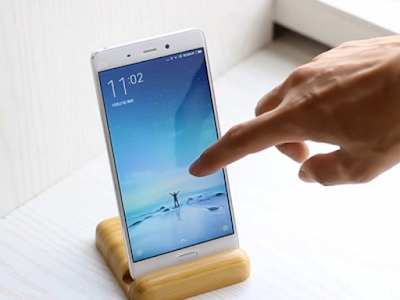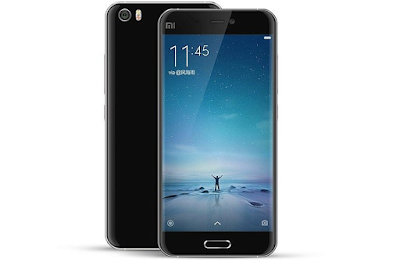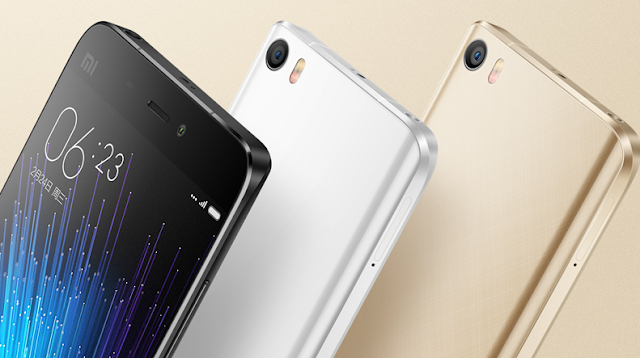Specification and Review Sony Xperia X Complete
Price Review Sony Xperia X - Sony invited us over to Tokyo to give us a glimpse of the upcoming Xperia X - the pioneer in the company's new lineup that puts an end to 6 generations of Xperia Z flagships. The Xperia X is not a direct successor to the Z5, mind you, this is a burden the Xperia X Performance will have to deal with. Instead, it ushers in Sony's new design language, which let's face it, does build upon the fundamentals of the old one.

Sony welcomed us over to Tokyo to give us a look at the up and coming Xperia X - the pioneer in the organization's new lineup that puts a conclusion to 6 eras of Xperia Z leaders. The Xperia X is not an immediate successor to the Z5, mind you, this is a weight the Xperia X Execution will need to manage. Rather, it introduces Sony's new plan dialect, which let's be honest, builds upon the essentials of the old one.
The Xperia X likewise acquaints us with a large portion of the lead's equipment, while as yet giving it a chance to keep selectiveness on some components - IP68 confirmation and top-class chipset specifically.
Sony Xperia X initially :
- Structure variable: metal body, 2.5D glass adjusted incline screen
- Screen: 5" Triluminos show, 1080p determination (441ppi)
- Camera: 23MP/1080p with 1/2.3" sensor, f/2.0, Prescient Half and half AF; 13MP selfie camera
- Chipset: Snapdragon 650 (2x A72 + 4x A53 centers); 3GB of RAM
- Capacity: 32GB, expandable with microSD cards
- OS: Android 6.0 Marshmallow
- Sound: stereo speakers, Hello there Res sound, DSEE HX, LDAC
- Battery: 2,620mAh
The Sony Xperia X gets the top-spec camera of its greater sibling (or if we say smarter, as they're both 5-inchers) - that implies 23MP most extreme determination, stage identification self-adjust, and a f/2.0 gap lens. What it passes up a great opportunity for is 4K video recording, which is mysteriously lost from the Xperia X Execution spec sheet, as well.
We as of now got an opportunity to handle the Sony Xperia X several months prior at MWC, so this time, we'll approach our hands-on with an emphasis on the camera division. We figured we'd spend the couple of valuable minutes we had with the telephone on the essential stuff.
Specification and Feature in Camera Sony Xperia X
23MP main camera, but also a 13MP selfie shooter
The camera on the Sony Xperia X is a 23MP unit, and it catches pictures up to 5,520 x 4,140 pixels in a 4:3 proportion. The lens has a gap of f/2.0 and a field of perspective equal to a 24mm lens in 35mm film terms.
The majority of the above sounds a ton like the setup of the Xperia Z5 and its two brethren. What's more, it's just consistent that Sony has taken its present top camera and refined it for the Xperia X - it doesn't appear to be extremely stable practice on any level for such complex equipment to have a solitary era lifespan.
And after that, do you recollect Sony's old 20.7MP snapper, which was utilized as a part of 4 eras of Xperias from the Z1 to the Z3+? In fact, Sony's eras didn't work a remarkable way they did with different producers, however those four still record for two and half years of leaders.
Be that as it may, we're not raising the Z1's camera without a reason. Sony itself contrasted the X's camera with the one of the Z1 to stress how thin the new cell phone's module has gotten, while as yet figuring out how to fit 6 optical components.
With an aggregate tallness of 5.62mm this new camera get together is the most slender one to house a Sort 1/2.3" sensor, Sony says. Contrast that with the 6.32mm tallness of the Z1's unit and you're taking a gander at a 11% diminishment, which is without a doubt entirely noteworthy in these officially scaled down gadgets.
Another key point in Sony's presentation of the Xperia X's camera is self-adjust. Presented on the Xperia Z5, the Half and half self-adjust framework has been stepped forward and has become Prescient now, however it is in its embodiment, in view of a crossover utilization of complexity and stage discovery.
The Prescient Cross breed self-adjust framework is intended to help with shooting of moving subjects by following and breaking down their movement and suspecting their change of position in the time it takes between squeezing the screen catch and the camera really catching the picture (what is usually alluded to as shade slack).
Sony's proposed use cases that exploit it incorporate drawing nearer vehicles and moving youngsters and pets. By and by we discovered its utilization restricted furthermore introductory setup was dubious - you should be extremely exact when tapping on the screen to choose the subject you need to track. All things considered, there might be clients that can better join it in their cell phone photography.
We were most inspired with how rapidly the camera can dispatch and catch a picture, by squeezing and holding the two-stage manual screen discharge, itself an irregularity on a cell phone. Sony claims that standby-to-shot-required some serious energy is under 0.6s and they had an apparatus set up prepared to demonstrate it, which the Xperia X did each and every time.
The one thing we're not excited about is the absence of 4K video recording. The Snapdragon 650 chipset is fit for doing the calculating, so the purpose behind the 2160p catch must lie somewhere else. It could be battery life, it could be warmth administration, or it could be the most clear one - save 4K recording for the genuine leader, whichever that might be.

The back camera is just part of the story, however. It's on the front, where the jump has been made, a jump from 5MP (where Z-arrangement topped out) to 13MP. It's a somewhat expansive sensor as well - a Sort 1/3" unit, in a world commanded by 1/4" and 1/5" imagers. Moreover, similar to an appropriate camera, the front-facer gets self-adjust and a (sensibly) brilliant f/2.0 lens.
The prominent truant is the front-confronting streak, however Sony has the C and M-arrangement for that, we presume. Mind you, the current Xperia C5 Ultra, and in addition the Xperia M5 have a comparative selfie setup, going entirely by the numbers - so there may be some common equipment here as well.
Sony has additionally dealt with the product side of things to enhance the camera's picture quality in low light. The methodology they've utilized is multi-layered, beginning with pixel binning to make a lower-res, yet cleaner picture, then take a huge number of those and contrast them with attempt and further lessen commotion (what they call Multi-shot clamor decrease), lastly upscale to the first determination.
Regularly that sounds like a horrendous parcel of preparing, and pixel binning and afterward upscaling isn't something you need your camera to be doing in sunlight. With regards to low-light photography, then again, you'd be satisfied with each calculation that figures out how to safeguard a shot. Sony showed us a photograph, taken at ISO 6400 in 2lux of accessible light, keeping in mind the Xperia X can't work supernatural occurrences, the outcomes are very usable.
For the non-adherents, a room was set up with extremely diminish lighting, where we could do a brisk next to each other, and the Xperia did to be sure deliver brighter pictures with better than average point of interest.













